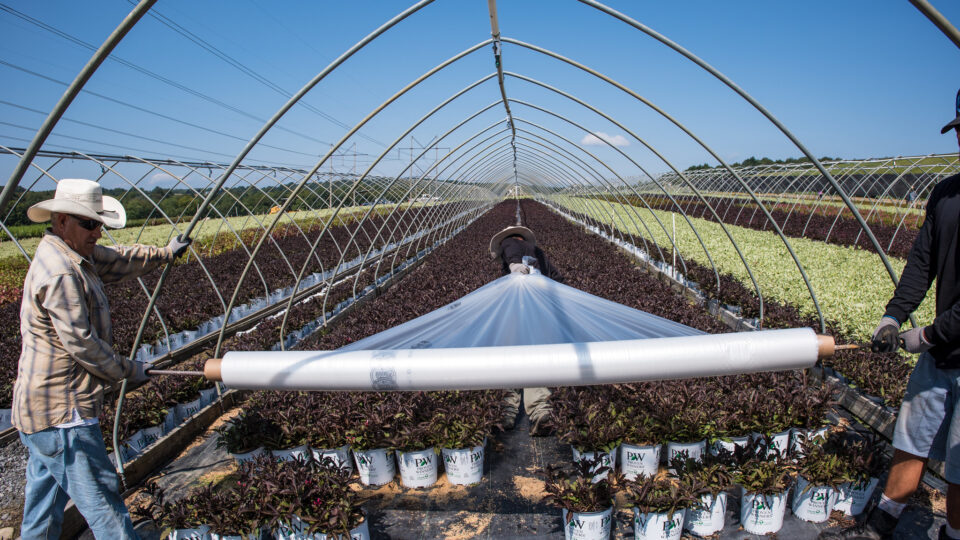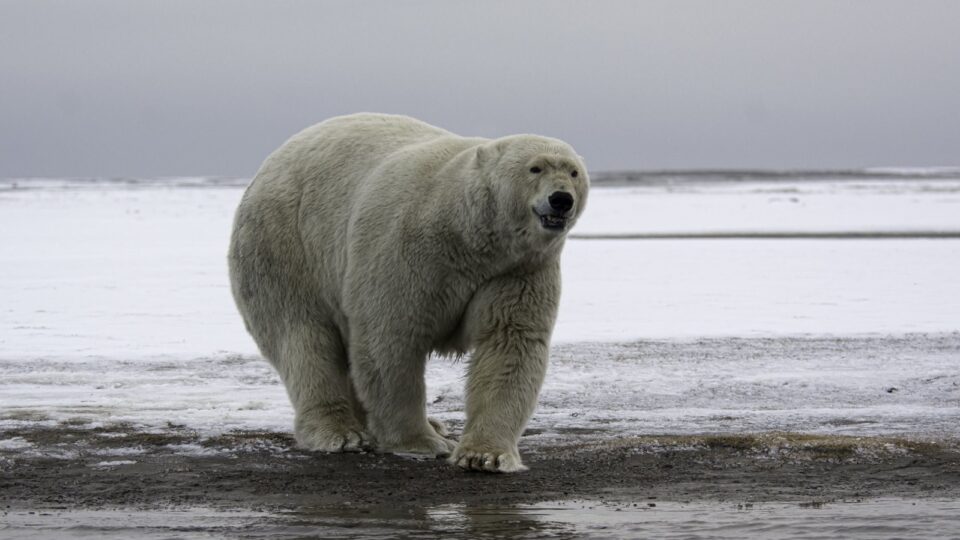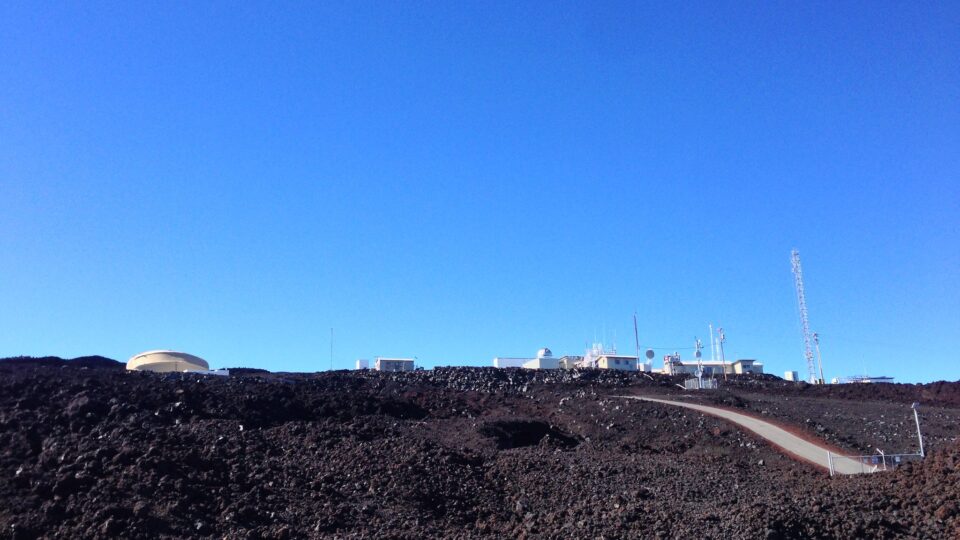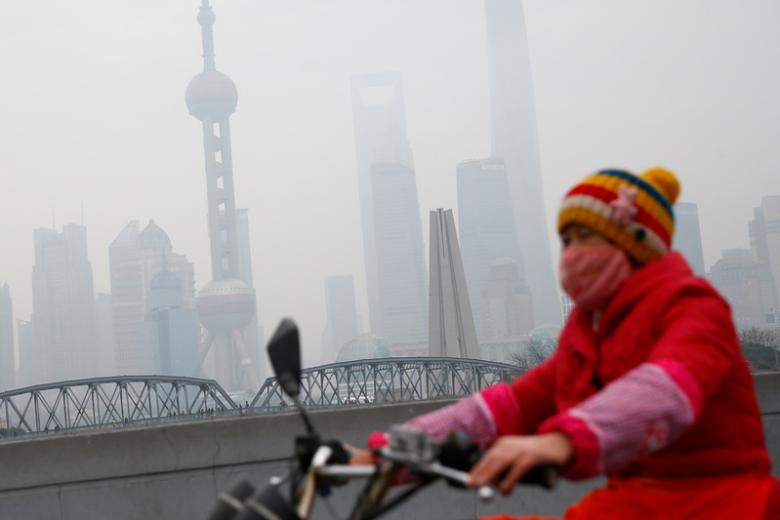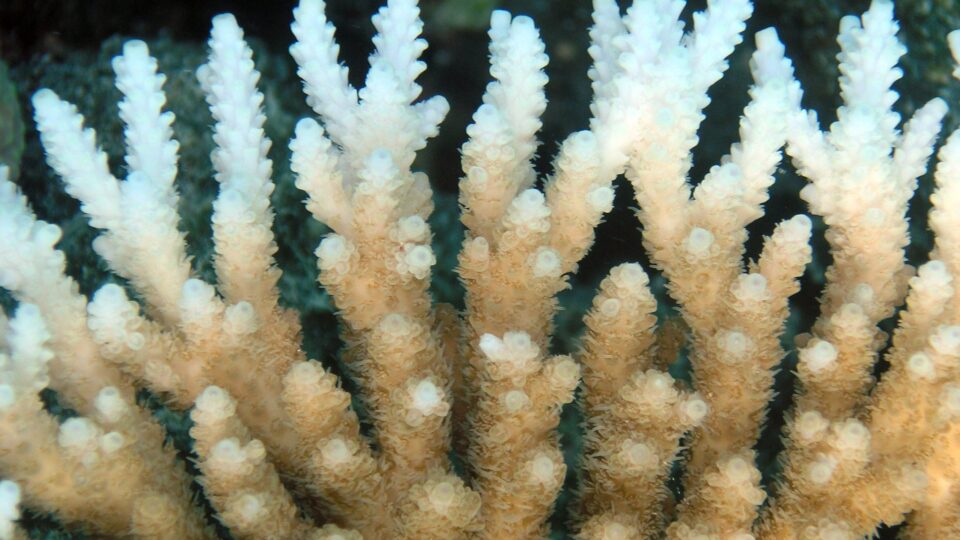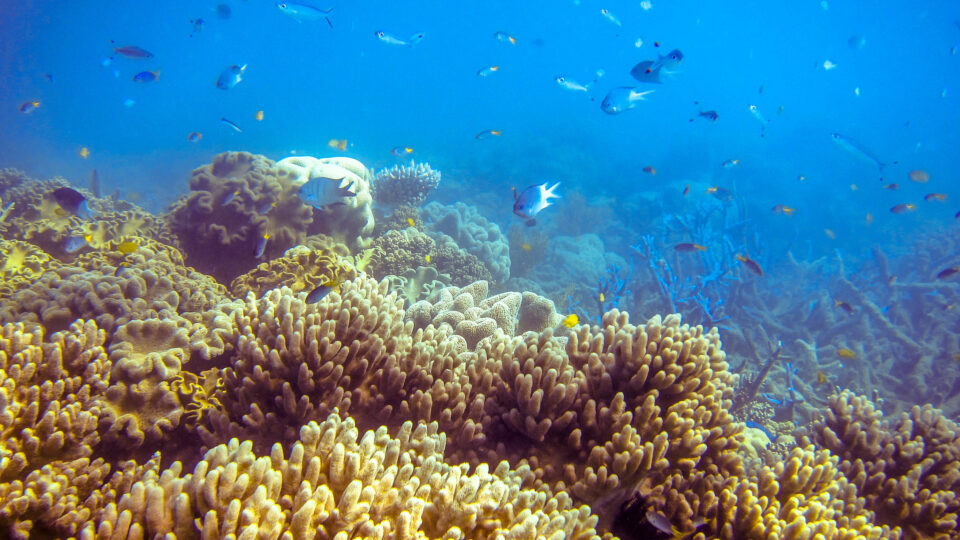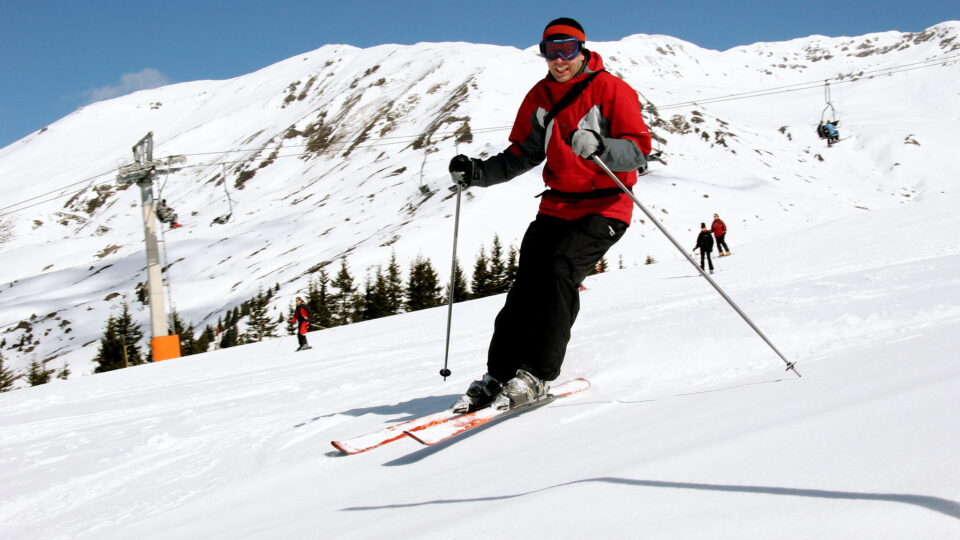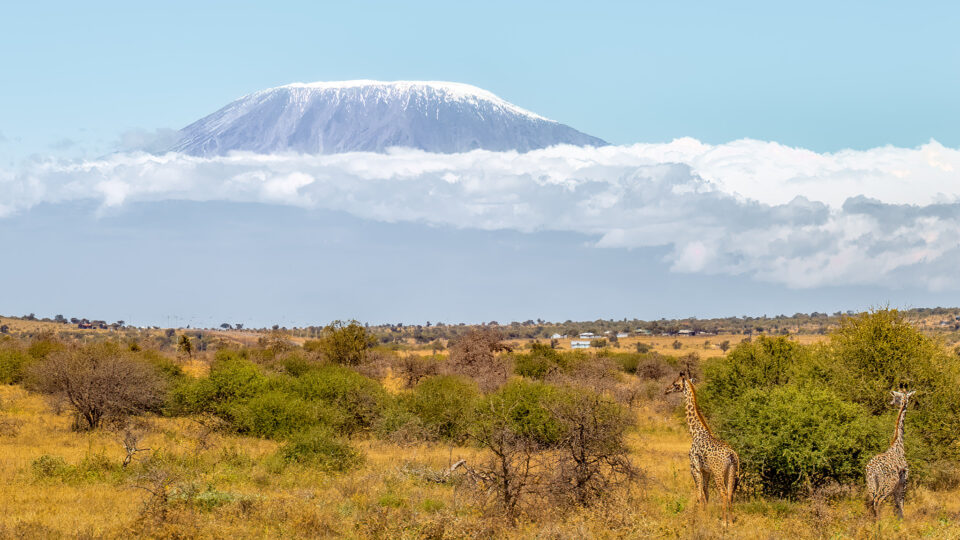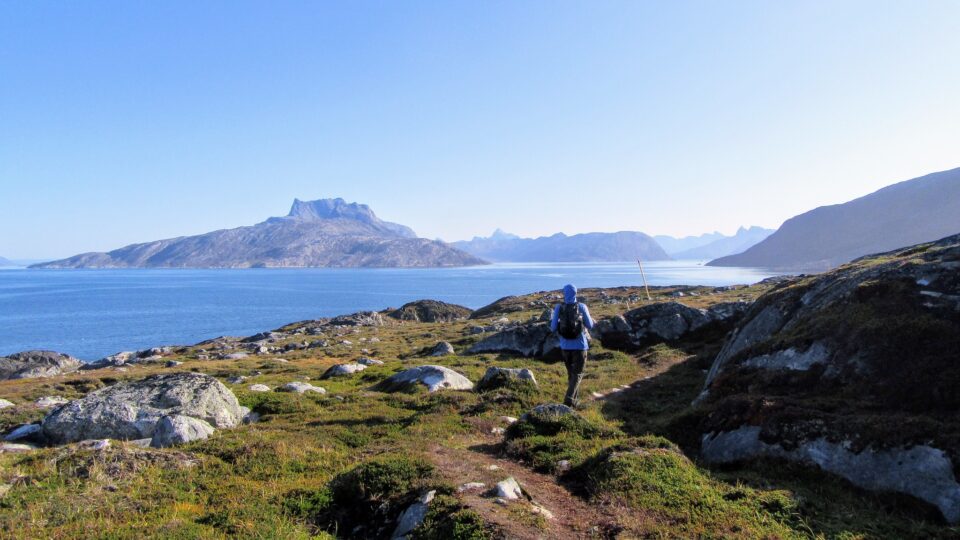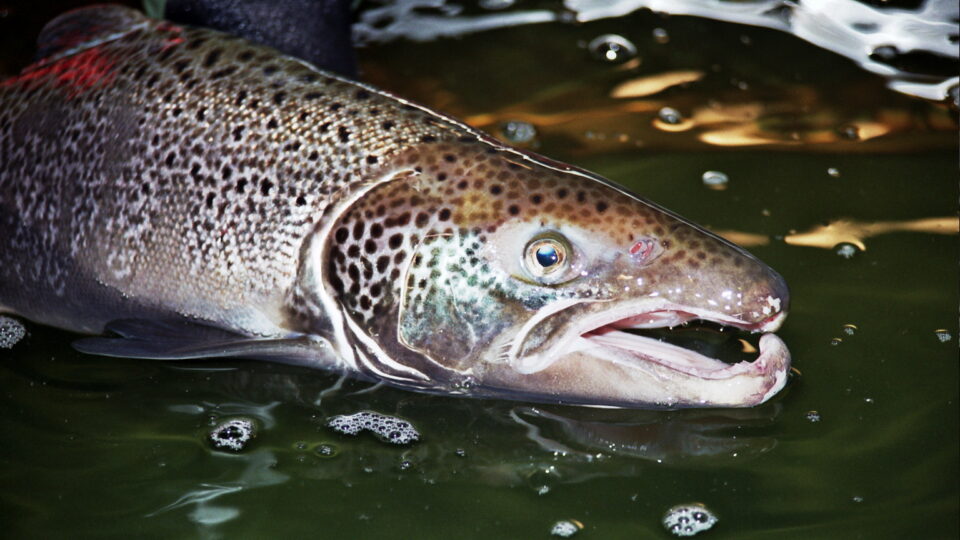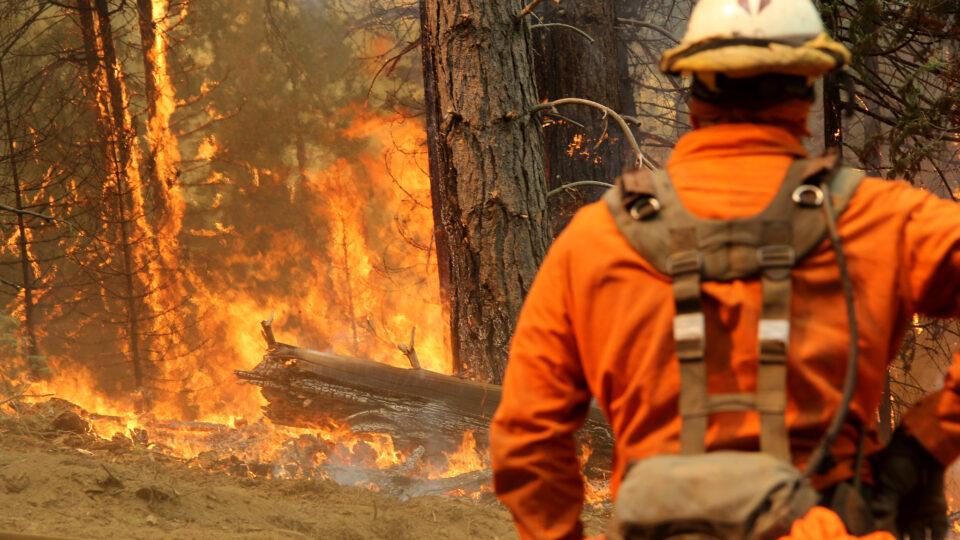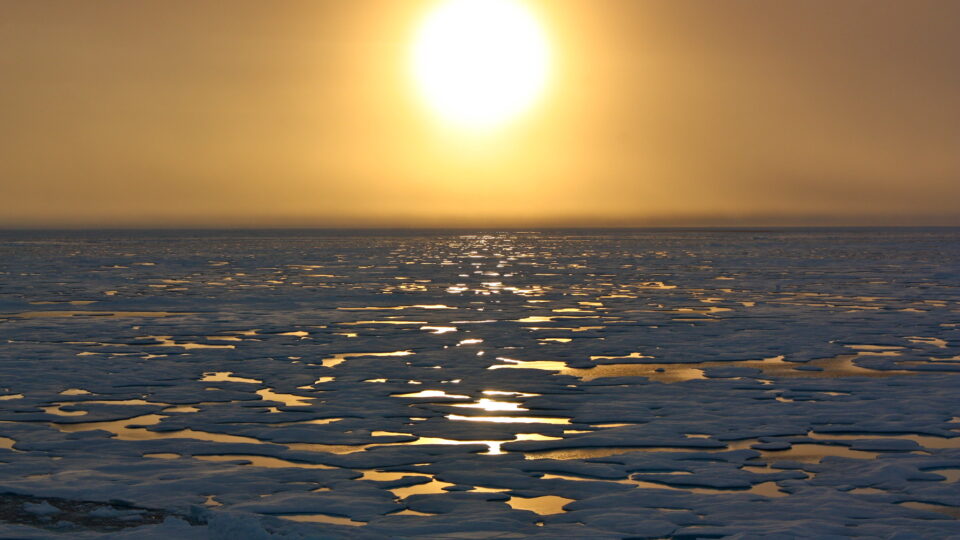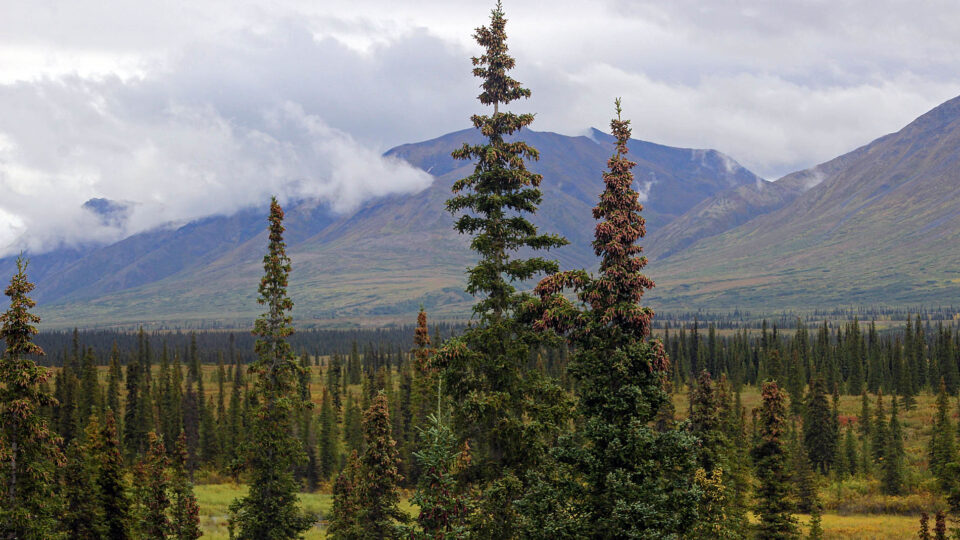The use of greenhouses around the world has been growing dramatically. A new satellite mapping exercise estimated the total land area covered with permanent greenhouses at 3.2 million acres, which is an area the size of Connecticut. More than half of this is in China, where the growth of greenhouses has been driven by the rapid urbanization of the country and by a more prosperous population increasingly consuming produce like tomatoes, cucumbers, peppers, and eggplants.
The intensive agricultural methods employed within greenhouses can be harmful to local environments because of overtaxing water supplies and by polluting rivers and soils with nutrients, pesticides, and plastic waste. But the effects of vast areas of plastic coverings on local temperatures can be even more dramatic, and often beneficial.
There are so many plastic and glass roofs in many areas that they are reflecting sufficient amounts of solar radiation to cool local temperatures. Greenhouse roofs increase the albedo – the reflectivity – of the land surface typically by a tenth.
All these greenhouses are just the tip of the albedo iceberg. Many farms now temporarily cover crops with reflective plastic sheets. If these coverings are included in the satellite survey, the total reflective area would be about ten times greater – roughly the size of New York State.
A study in Almeria, on the Mediterranean coast of Spain, which grows about 3 million tons of fruit and vegetables annually, determined the cooling effects of greenhouses. Weather stations amid the greenhouses showed an average cooling of 1.3 degrees Fahrenheit compared with the surrounding area.
Greenhouses are an accidental and benign form of climate engineering. The cooling provided by greenhouses is similar to the effect of white roofs in urban areas.
**********
Web Links
Could the Global Boom in Greenhouses Help Cool the Planet?
Photo, posted September 6, 2017, courtesy of Lance Cheung / USDA via Flickr.
Earth Wise is a production of WAMC Northeast Public Radio
